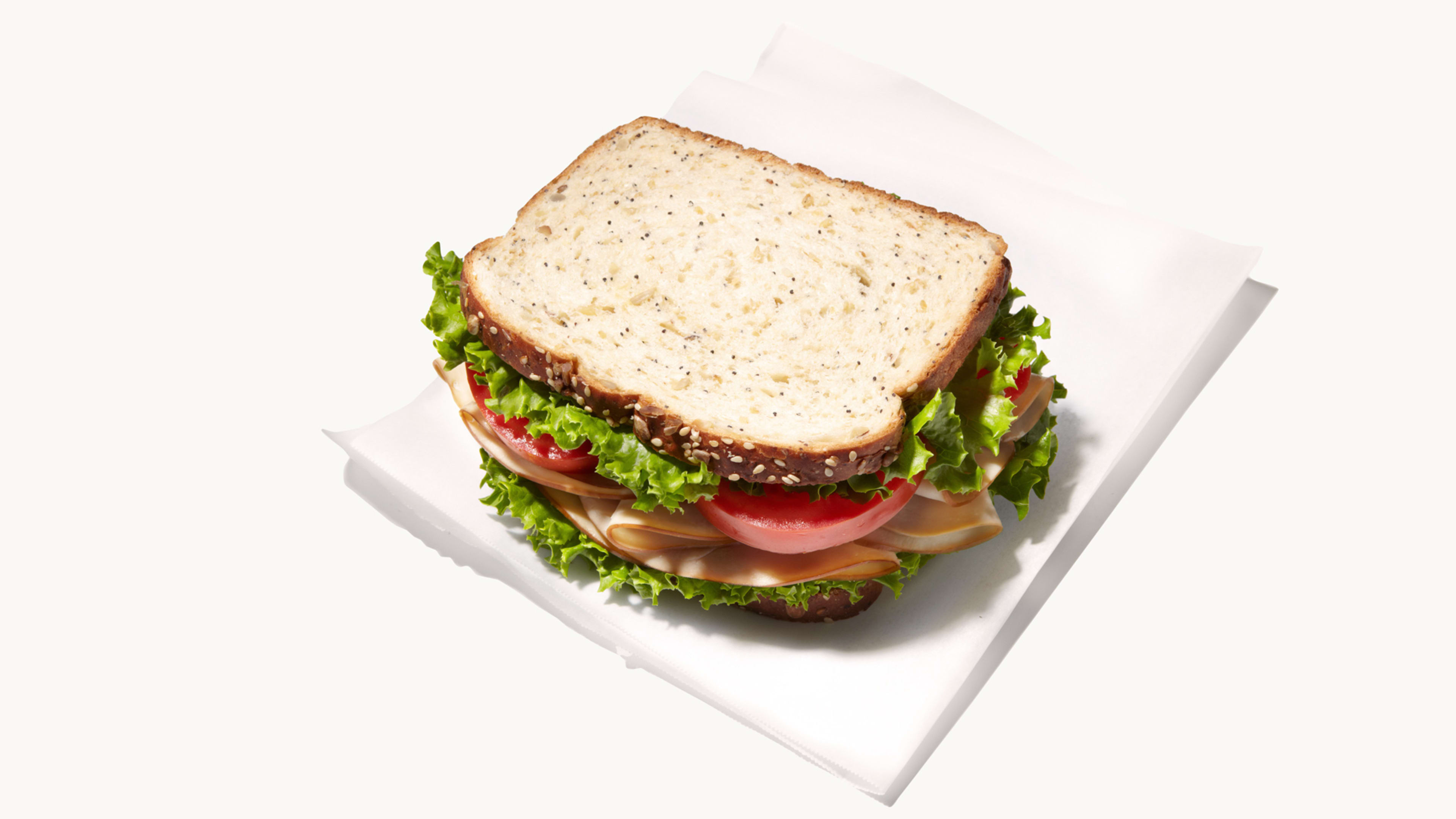After a long year of navigating the digital office cubicle, America’s workforce is on its way back to reclaim physical desks and long-forgotten water coolers. The anticipation to get back to our daily routines is palpable, but the reality is that our new “normal” is going to be anything but routine. And the most evident change to our daily lives will arguably be around food—a renaissance of how, where, and what we eat during the workday.
To get a better picture of what the new lunch will look like and help us re-adjust to meal times outside the home, we first have to understand the evolution of the lunch break over the last decade and hone in on how the pandemic altered our eating habits over the past year.
The evolution of the lunch break
In 2012, the New York Library hosted an exhibition on the history and importance of lunch time in our culture, tracing the early definition of “as much food as one’s hand can hold” to what became known as the “power lunch” in the late 1970s. Yet while the characteristics of lunch were redefined by changing industry and geography alike, lunch has always been closely tied to the workday.
In the last decade, startup culture has made a similar mark on the lunch break: the rise of the communal kitchen as an office watering hole with snacks, microwaves and refrigerators. Beyond the functional purpose, the office kitchen as a workplace perk is often seen as a hallmark of progressive culture.
Lunch—including what, when, where and how we eat it—reveals a lot about the values and priorities of our society and the factors shaping them. This became especially clear at the onset of the pandemic, when the world’s workforce abandoned the office and adopted remote work as the new norm.
Health and convenience take center stage
The realities of the pandemic ushered in different priorities for the lunch hour, chief among them a renewed interest in health and nutrition. My company recently released a 2,000-person survey that found cooking healthier meals, or “meal prepping,” was attempted by 43% of Americans with mixed success.
While interest in healthy eating piqued in 2020, people also realized that eating better is easier said than done. Of the survey respondents who attempted to cook healthier at the onset of the pandemic, 14% quit the habit after a month. In fact, 64% admit that their nutrition takes a backseat when they work from home. This reflects a lot about our society. While we all wanted to collectively safeguard our own health by adopting better eating habits, the reality of the pandemic was that we are stretched incredibly thin as we tried to juggle work, school, and home life.
It’s to no surprise that in addition to health and nutrition, convenience also became one of our top priorities. That is, a vast majority of people want to eat healthier, but they don’t want to go through the motions of placing every single lunch inside a container each night.
Pandemic considerations linger
According to the American Psychological Association, 46% of adults said they do not feel comfortable going back to living life like they used to before the pandemic. This indicates that COVID-19 safety protocols will change morning coffee routines, bagel Mondays and shared office snacks. Some perks may go away entirely that are more costly and risk future germ-spreading.
With the departure from bulk snacks and family-style catered meals, sustainability efforts will also take a back seat, for now. While many companies have made great strides in this area over the past few years, for now, they’ll need to revert back to pre-packed individual meals, single-use cups, plates, utensils, straws, etc.
Kitchen and break area setups will also need to be reworked and have a cap on how many employees can convene at once. From spacing out microwaves and seating to adding sanitation stations there may be less of a social use for these spots.Culinary programming and operations will need to be reimagined to comply with heightened health and safety measures.
The new “lunch o’clock”
As a collective, we have to be prepared for seismic overhauls of simple things like workday meal time. The lunch break serves a number of purposes in our daily work-life, from connecting with coworkers outside of the office to a much-needed mental health break away from our computer screens.
In more recent years, lunch and food has also represented a multitude of workplace perks and benefits meant to attract and retain talent. However, the familiar lunch ecosystem will not be sustained in the world of work after the pandemic. Restaurants designed around five days of lunch rush and catering companies serving tech employees are less relevant to the demands of the newly defined work-life balance. Just as companies have adapted recruiting, hiring, and retention practices to meet the demands of an increasingly flexible and hybrid workplace, so too will the traditional lunch hour evolve to reflect the realities of the workforce and our society at large.
Mike Wystrach is the CEO and founder of Freshly, a manufacturer of fresh, prepared meals. Freshly was built on Wystrach’s personal mission to find convenient and healthy meal options for his fast-paced life. Wystrach brings nearly a decade of experience in the food industry, as well as backgrounds in finance, real estate, and multiple startups.
Recognize your brand’s excellence by applying to this year’s Brands That Matter Awards before the early-rate deadline, May 3.
